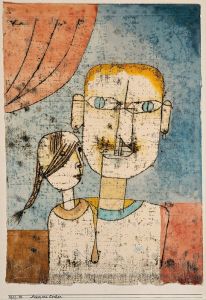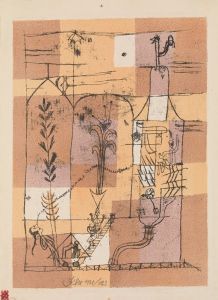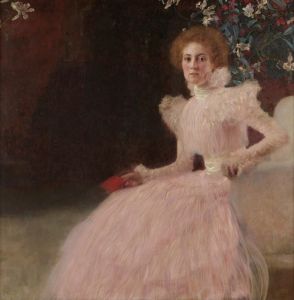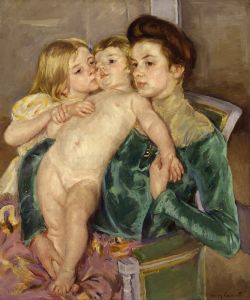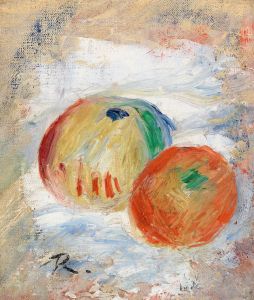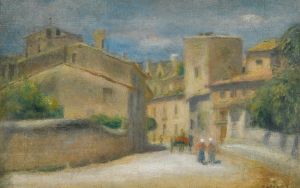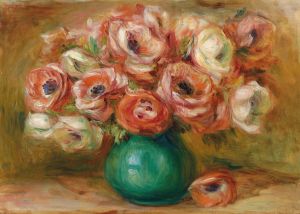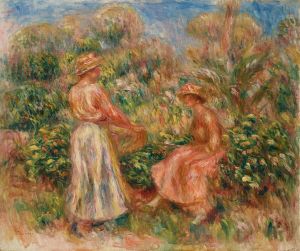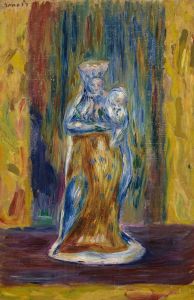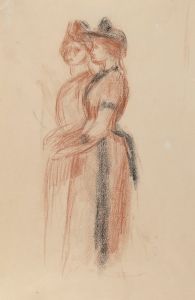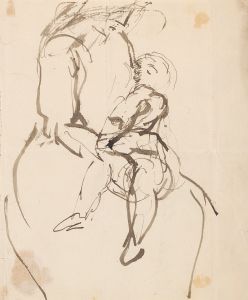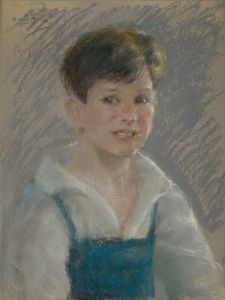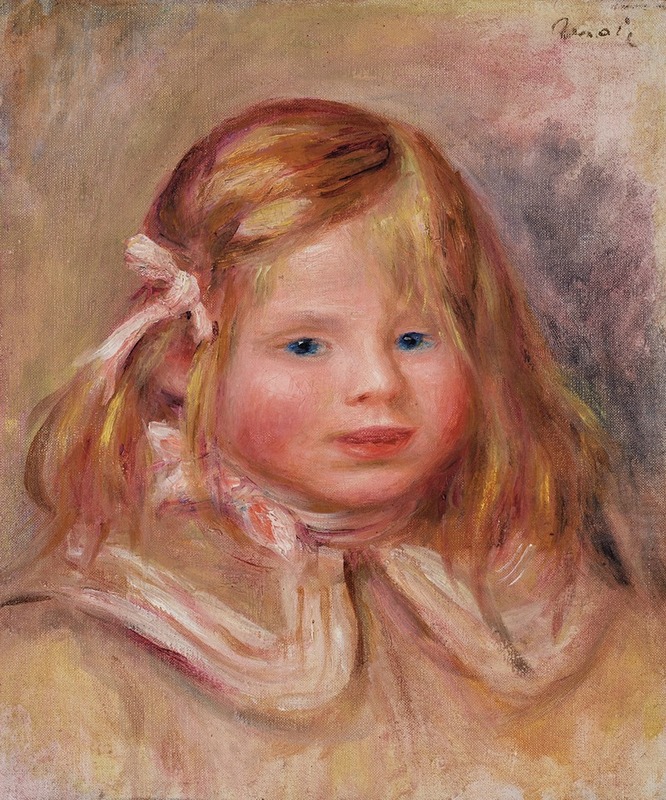
Coco au ruban rose
A hand-painted replica of Pierre-Auguste Renoir’s masterpiece Coco au ruban rose, meticulously crafted by professional artists to capture the true essence of the original. Each piece is created with museum-quality canvas and rare mineral pigments, carefully painted by experienced artists with delicate brushstrokes and rich, layered colors to perfectly recreate the texture of the original artwork. Unlike machine-printed reproductions, this hand-painted version brings the painting to life, infused with the artist’s emotions and skill in every stroke. Whether for personal collection or home decoration, it instantly elevates the artistic atmosphere of any space.
Pierre-Auguste Renoir, a leading figure in the Impressionist movement, is renowned for his vibrant light and saturated color, often focusing on people in intimate and candid compositions. One of his lesser-known works, "Coco au ruban rose," captures a tender moment featuring his youngest son, Claude Renoir, affectionately known as Coco. This painting exemplifies Renoir's ability to convey warmth and affection through his brushwork and color palette.
"Coco au ruban rose" is a portrait that showcases Renoir's skill in capturing the innocence and charm of childhood. The painting features Coco with a pink ribbon, highlighting Renoir's fondness for using family members as subjects in his work. This personal connection often allowed Renoir to infuse his paintings with a sense of intimacy and familiarity, which is evident in the gentle expression and relaxed pose of the child.
Renoir's technique in "Coco au ruban rose" reflects his mature style, characterized by a softer focus and a more fluid application of paint compared to his earlier works. The brushstrokes are loose yet deliberate, creating a sense of movement and life within the portrait. The use of light and shadow is subtle, enhancing the three-dimensionality of the figure while maintaining the overall harmony of the composition.
The color palette in "Coco au ruban rose" is warm and inviting, with soft pinks, blues, and creams dominating the canvas. These colors not only complement the subject but also contribute to the overall mood of tenderness and affection. Renoir's ability to manipulate color to evoke emotion is a hallmark of his work, and this painting is no exception.
Renoir's focus on domestic scenes and family life during this period of his career was partly due to his evolving artistic interests and personal circumstances. As he aged, Renoir's style shifted from the more spontaneous brushwork of his early Impressionist phase to a more classical approach, emphasizing form and structure. This transition is evident in "Coco au ruban rose," where the composition is carefully balanced, and the figure is rendered with a sense of solidity and presence.
The painting also reflects Renoir's interest in capturing the fleeting moments of everyday life, a central theme in Impressionism. By choosing to depict his son in a simple, unguarded moment, Renoir invites the viewer to share in the intimacy of the scene. This approach aligns with the Impressionist goal of portraying modern life in all its immediacy and authenticity.
"Coco au ruban rose" is a testament to Renoir's enduring ability to capture the essence of his subjects with warmth and sensitivity. While it may not be as widely recognized as some of his other works, this painting offers a glimpse into the artist's personal world and his deep affection for his family. Through his masterful use of color, light, and composition, Renoir creates a portrait that resonates with viewers, inviting them to appreciate the beauty and simplicity of a moment frozen in time.





